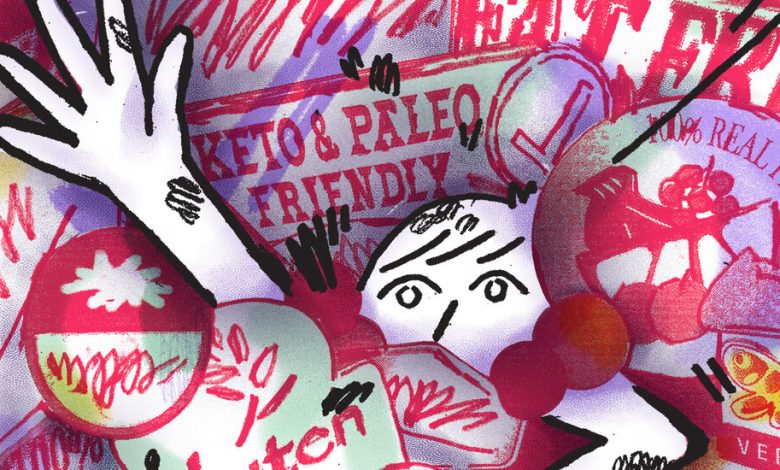How to Help Americans Eat Less Junk Food

Whether you shop for food in a traditional grocery store, a big-box store, a bodega or a gas station, you’ll have to contend with the reality that many if not most of your options are junk — highly processed foods often loaded with sugar, salt and chemical additives.
You’ll also have to contend with a haze of aggressive marketing — words like “low fat,” “gluten-free,” “paleo,” “keto-friendly” and “a good source of fiber” — that doesn’t answer the fundamental question: Is this food good for me? An orange is a simple enough choice, but a frozen dinner? There is little reliable guidance available for people who don’t have the time, patience or skill to analyze the dense nutrition labels on food packaging.
What could help is a system giving consumers important nutrition information at a glance on the front of a package: a warning sign that a high-sugar soda or breakfast cereal product, for example, is an unhealthy choice. The bold move here would be to steer people away from food that’s bad for them.
These kinds of labels, of course, are the last thing most large food manufacturers want on their products. But a few countries mostly in Latin America have begun to require or encourage such labeling, and there’s some early evidence that it’s already having a positive effect on the way people eat.
With some 60 percent of the American diet coming from processed foods — foods that have been linked to an increased risk for diabetes, heart disease and some cancers in the United States — it’s time for our government to update our labels with warnings, too.